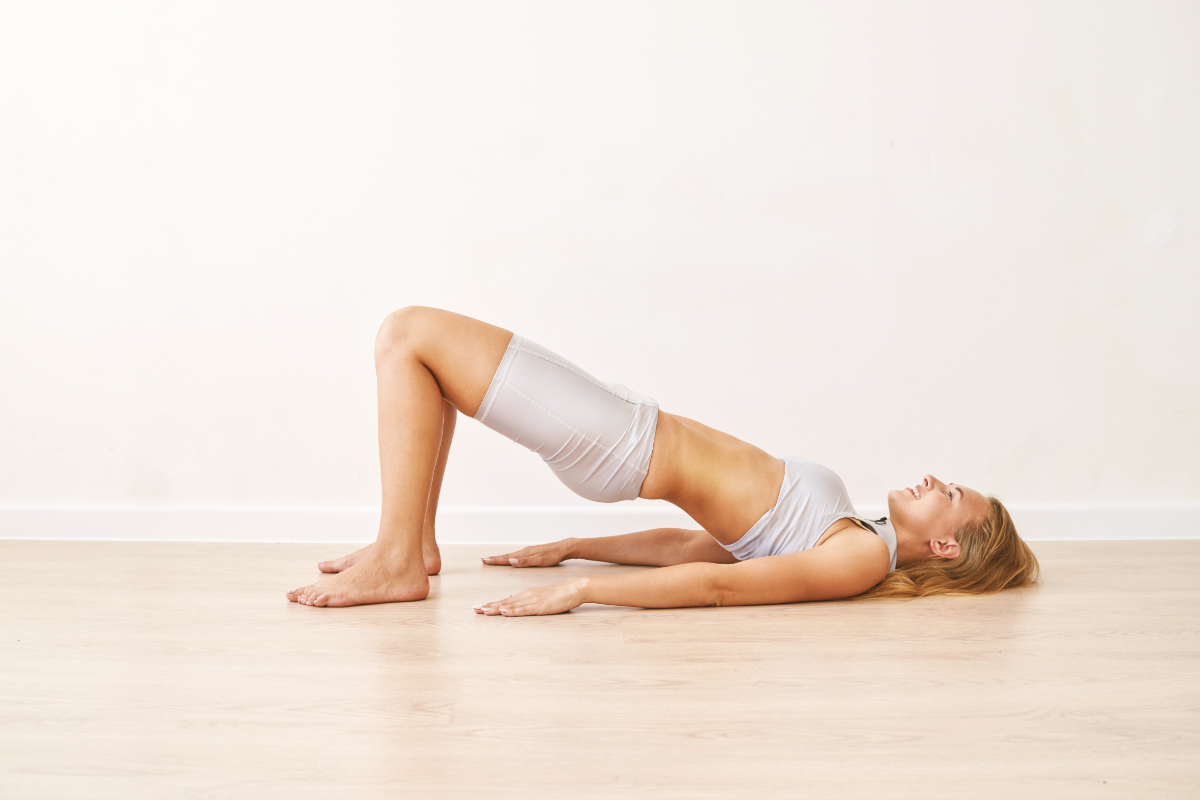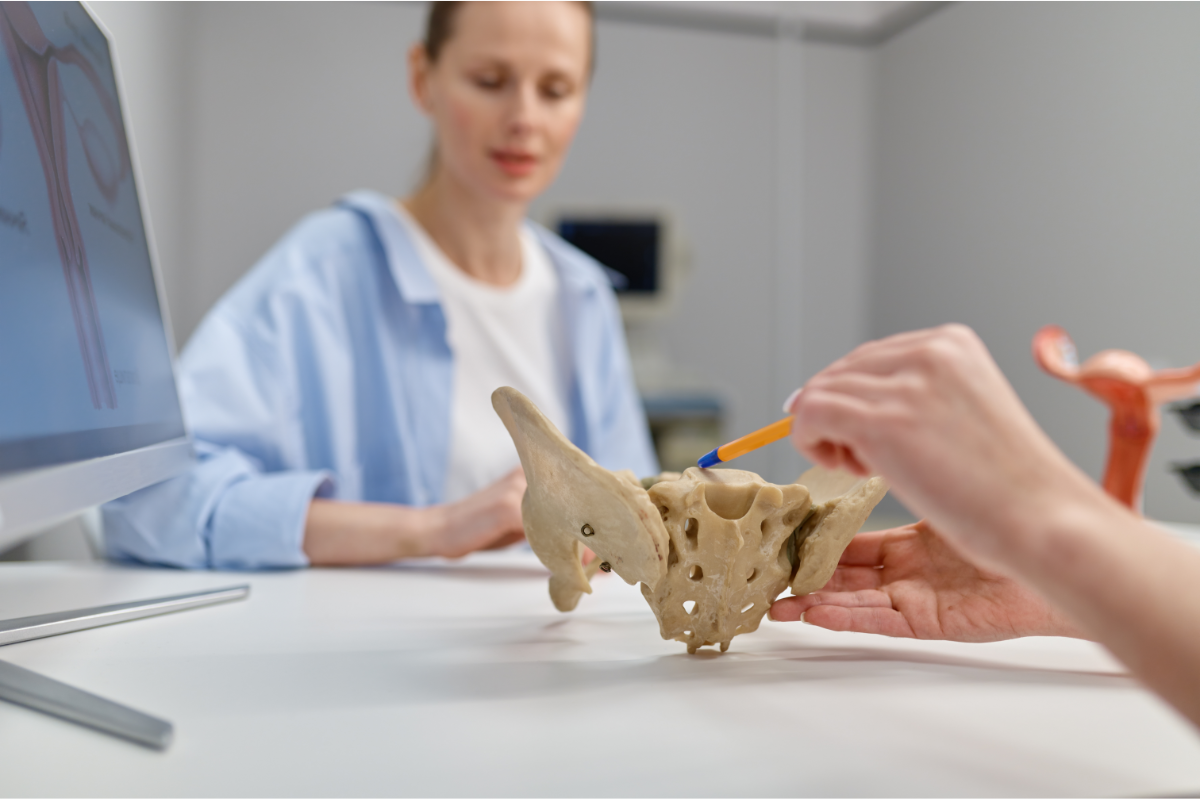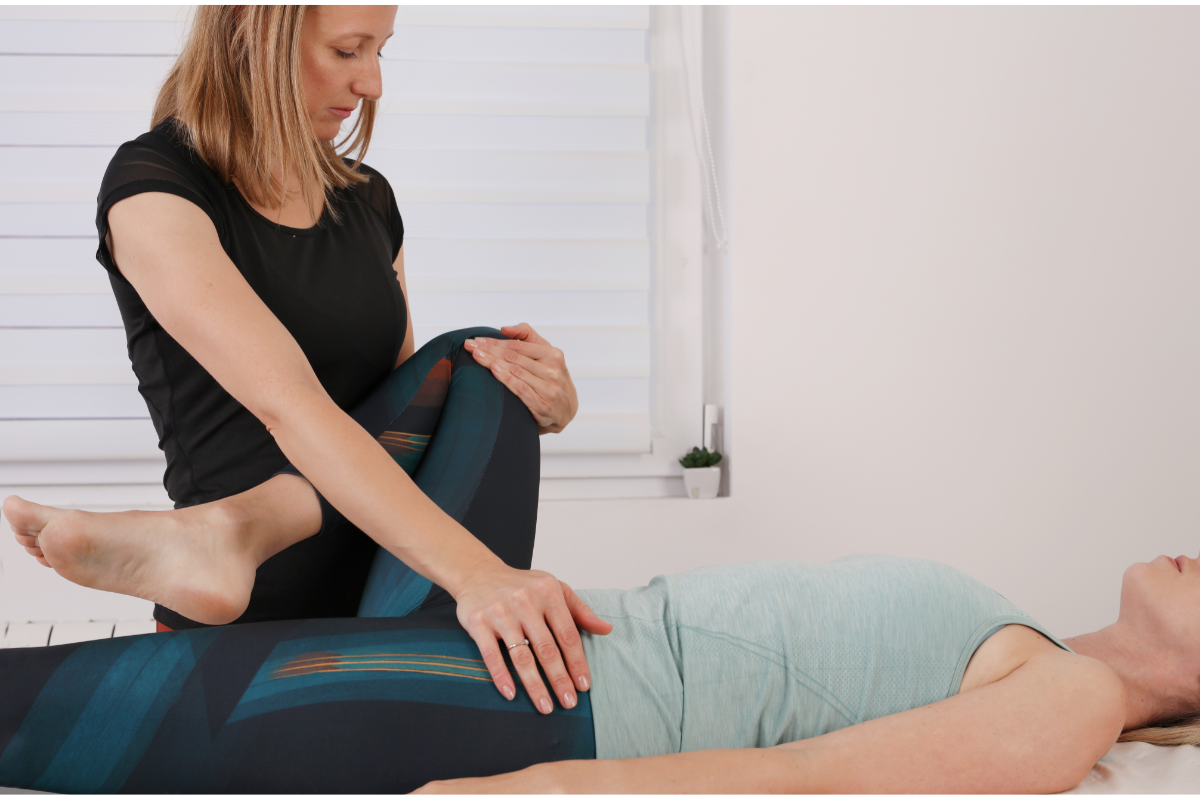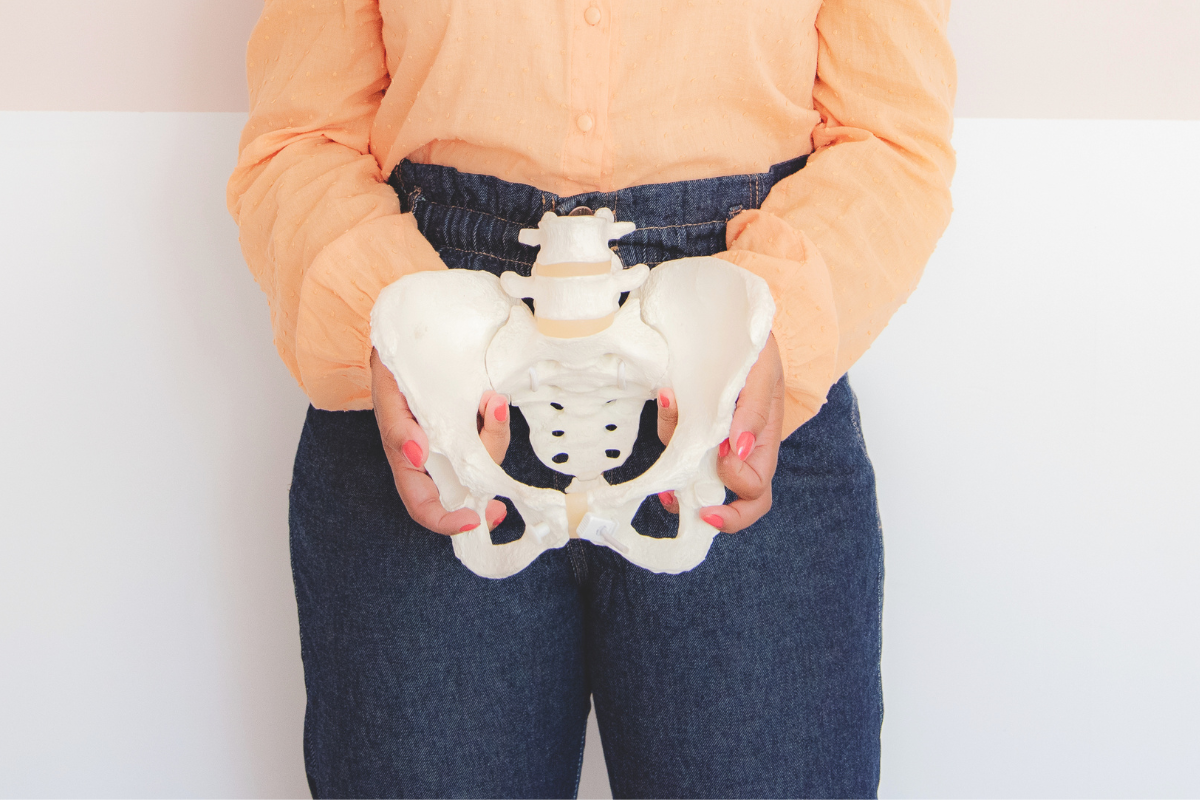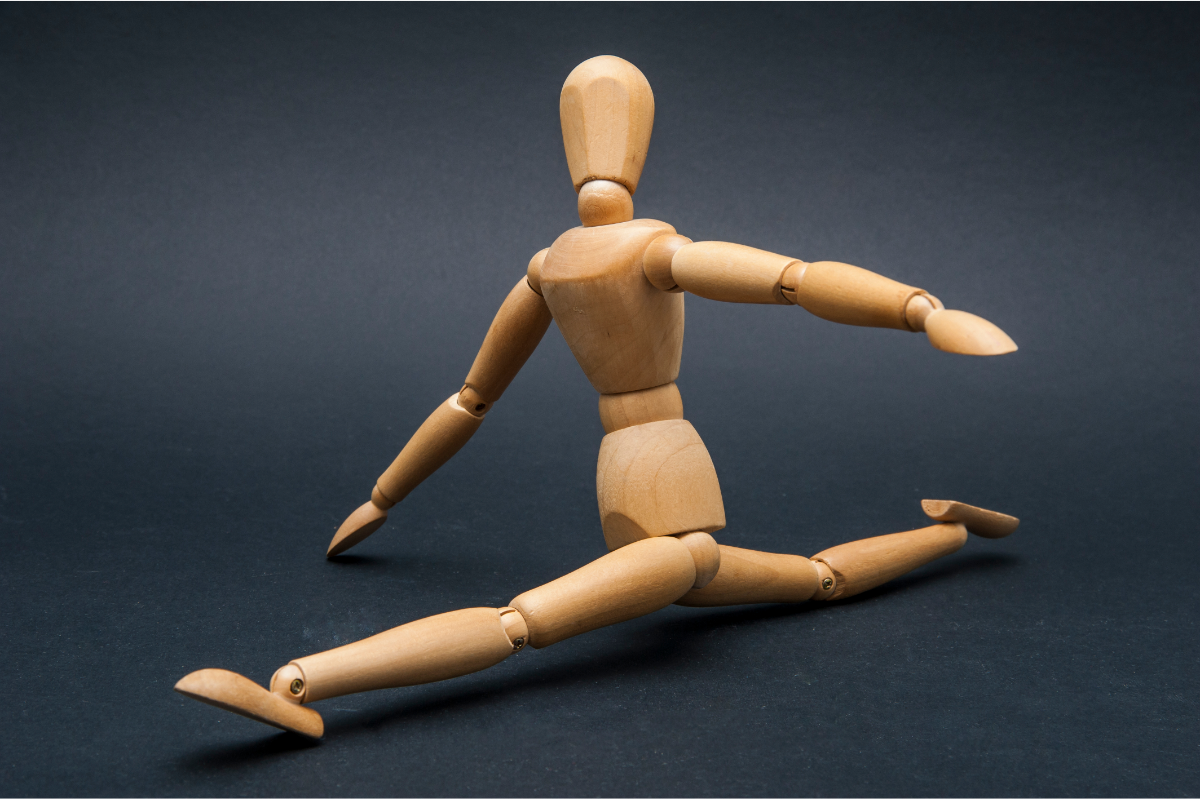What are Pelvic Floor Exercises for in the Treatment of Chronic Pelvic Pain
1. Introduction
Chronic pelvic pain can feel like a shadow hanging over your life, affecting everything from your mood to your daily activities. But there’s a glimmer of hope: pelvic floor exercises! These workouts focus on strengthening and relaxing the muscles that support your pelvic organs, offering a pathway to relief. Let’s dive into the world of pelvic floor exercises and discover how they can be a game-changer for those dealing with chronic pelvic pain.
2. Understanding Chronic Pelvic Pain
Definition and Symptoms
Chronic pelvic pain is often defined as pain in the lower abdomen or pelvis that lasts for six months or longer. It can be sharp, dull, or throbbing and might be accompanied by other symptoms like painful urination, painful intercourse, or lower back pain. Each person’s experience is unique, making diagnosis and treatment tricky.
Common Causes of Chronic Pelvic Pain
There are various reasons you might find yourself grappling with chronic pelvic pain. Some common culprits include endometriosis, pelvic inflammatory disease, fibroids, or even past surgeries. Sometimes, the cause remains a mystery, leading to frustration and confusion.
3. What are Pelvic Floor Exercises?
Definition of Pelvic Floor Exercises
Pelvic floor exercises, often known as Kegel exercises, are routines designed to strengthen the muscles that form the pelvic floor. These exercises can help improve muscle tone, control bladder function, and enhance sexual health.
Types of Pelvic Floor Exercises
There are several variations of pelvic floor exercises, including:
- Kegel exercises: Involves tightening and relaxing the pelvic floor muscles.
- Bridging: Lying on your back with knees bent, lifting your hips off the ground.
- Squats: While primarily a lower body exercise, squats also engage the pelvic floor.
4. The Role of the Pelvic Floor Muscles
Anatomy of the Pelvic Floor
The pelvic floor is a group of muscles and tissues that support your pelvic organs, including the bladder, uterus, and rectum. Picture a hammock that holds everything in place—if that hammock is weak, things can start to sag, leading to discomfort and pain.
Functions of Pelvic Floor Muscles
These muscles play a vital role in:
- Supporting pelvic organs
- Controlling bladder and bowel movements
- Contributing to sexual function and pleasure
5. How Pelvic Floor Exercises Help with Chronic Pelvic Pain
Muscle Relaxation and Strengthening
By regularly practicing pelvic floor exercises, you can strengthen these muscles and also learn to relax them. This dual benefit can help alleviate pain caused by muscle tension, which is common in individuals with chronic pelvic pain.
Improving Blood Flow and Reducing Inflammation
Strengthening the pelvic floor can enhance blood circulation in the pelvic area, promoting healing and reducing inflammation that may be contributing to your pain.
6. Scientific Evidence Supporting Pelvic Floor Exercises
Key Studies and Findings
Research has shown that pelvic floor exercises can significantly reduce chronic pelvic pain. For instance, a study published in the Journal of Urology found that women who practiced these exercises reported less pain and improved quality of life.
Expert Opinions on Effectiveness
Experts in pelvic health often advocate for these exercises as part of a comprehensive treatment plan. Many physical therapists specialize in pelvic floor health and can guide you through effective routines.
7. Getting Started with Pelvic Floor Exercises
Consultation with a Healthcare Provider
Before starting any exercise regimen, especially for chronic pain, it’s crucial to consult with a healthcare provider. They can assess your specific situation and recommend appropriate exercises.
Beginner-Friendly Exercises to Try
Start with basic Kegel exercises. To do this, simply tighten the muscles you would use to stop urination, hold for a few seconds, then relax. Aim for three sets of ten repetitions daily.
8. Advanced Pelvic Floor Exercises
Techniques for Experienced Practitioners
Once you’ve mastered the basics, you might want to incorporate more challenging exercises. Try adding variations, such as performing Kegels while standing or integrating them into other exercises like yoga or Pilates.
Integrating Breathing and Movement
Breath control can enhance the effectiveness of pelvic floor exercises. As you engage your pelvic muscles, focus on deep breathing to help relax and strengthen these areas simultaneously.
9. Tips for Successful Practice
Setting a Regular Schedule
Consistency is key. Set aside specific times each day for your exercises, just like you would for any workout routine. This will help establish a habit.
Tracking Progress and Adjusting Exercises
Keep a journal of your exercises, noting any changes in pain levels or muscle strength. This will help you stay motivated and adjust your regimen as needed.
10. Common Mistakes to Avoid
Misunderstanding Proper Technique
It’s easy to do pelvic floor exercises incorrectly. Make sure you’re isolating the right muscles. If you’re unsure, consider seeking guidance from a physical therapist.
Ignoring Pain Signals
While some discomfort is normal, pain is your body’s way of signaling that something isn’t right. If you experience pain while exercising, stop immediately and consult your healthcare provider.
11. Other Treatments for Chronic Pelvic Pain
Physical Therapy Options
In addition to pelvic floor exercises, physical therapy can provide tailored treatments to help alleviate pelvic pain. This may include manual therapy, biofeedback, or electrical stimulation.
Medications and Alternative Therapies
Depending on the cause of your pain, your healthcare provider may suggest medications, acupuncture, or other alternative therapies to manage symptoms.
12. Integrating Pelvic Floor Exercises with Other Treatments
Combining Therapies for Better Outcomes
For many, a multifaceted approach yields the best results. Pelvic floor exercises can complement other treatments, enhancing overall effectiveness.
Holistic Approaches to Pain Management
Consider adopting a holistic approach that includes lifestyle changes, such as diet and stress management, alongside pelvic floor exercises for maximum benefit.
13. The Emotional Aspect of Chronic Pelvic Pain
Mental Health and Chronic Pain Connection
Chronic pain often goes hand-in-hand with emotional distress. The cycle of pain and stress can impact mental health, leading to anxiety or depression.
Coping Strategies and Support Systems
Don’t underestimate the power of support. Seek out friends, family, or support groups to share experiences and coping strategies. Connecting with others can be a significant source of comfort.
14. Frequently Asked Questions about Pelvic Floor Exercises
1. How long does it take to see results from pelvic floor exercises?
Most people may start to notice improvements within a few weeks of consistent practice, but it varies by individual.
2. Can pelvic floor exercises worsen my pain?
If done incorrectly or with too much intensity, they could cause discomfort. Always consult with a healthcare provider if you’re unsure.
3. Are pelvic floor exercises suitable for everyone?
While they benefit many, it’s crucial to consult a healthcare professional before starting, especially if you have specific health conditions.
4. How can I tell if I’m doing pelvic floor exercises correctly?
Engage the right muscles (like stopping urination), avoid holding your breath, and ensure you’re not tensing other body parts like your abdomen or buttocks.
5. What if pelvic floor exercises don’t help my pain?
If you don’t see improvement, consult with your healthcare provider for alternative treatment options or a referral to a specialist.
Pelvic floor exercises offer a promising path for those grappling with chronic pelvic pain. By focusing on strengthening and relaxing these vital muscles, you can gain better control over your symptoms and improve your quality of life. If you’re facing chronic pelvic pain, don’t hesitate to seek help and start incorporating these exercises into your routine. Remember, relief is within reach, and you don’t have to go through this alone!
https://pubmed.ncbi.nlm.nih.gov/23569140

I’m Hillary Swan, a certified fitness trainer specializing in women’s health and pelvic floor strength. I’m passionate about empowering others to improve their core wellness through targeted exercises. Let’s strengthen our bodies together for a healthier, more confident life.

